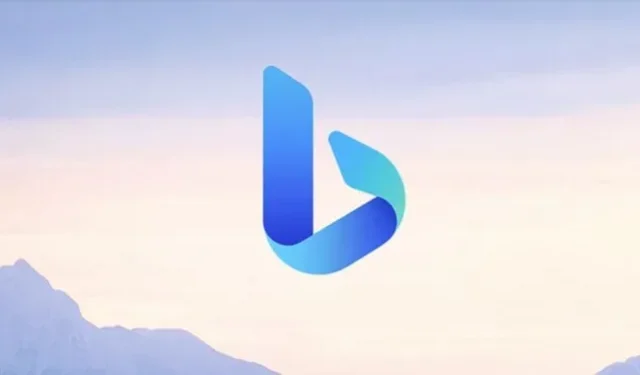Microsoft’s Bing has never been in danger of overtaking Google as the most popular search engine on the web. But the headline-grabbing AI-powered features from the “new version of Bing”the company launched last month seem to be really helping – Microsoft said today that Bing has passed the 100 million daily active users mark.
“We are fully aware that we remain a small player with a low single-digit share,” writes Microsoft’s Yusuf Mehdi, highlighting how small Microsoft’s share of the search market is compared to Google’s. “Still, it’s nice to be at the dance!”
Google doesn’t provide a daily active user count for its search engine, but StatCounter data shows it typically has a market share of just under 90 percent in the US, compared to 6 or 7 percent for Bing.
Microsoft says “millions of active users”are trying out the AI-powered preview of Bing, and that about a third of those are people who haven’t used the service before. The company also notes the slow but steady growth of Microsoft Edge, which uses Bing as its default search engine, and will repeatedly prompt you to switch back to using Bing as your default search engine if you switch to something else.
A month ago, Microsoft launched the Bing chatbot in “limited preview”using OpenAI’s Large Language Model (LLM). The company has made a number of changes to the bot’s behavior in response to its sometimes strange and threatening conversations. One change limited the number of responses a chatbot could give at one time, as it was easier for the bot to crash during long sessions; More recently, Microsoft introduced a number of “personalities”for the bot to make the responses either easier or more interesting.
Since last month, Microsoft has added “new Bing features”to its Edge browser, Skype, the Windows 11 taskbar, and some developer tools. The company is also testing “multi-modal AI”technology that can handle multiple forms of input, including images, text, audio, and video.


